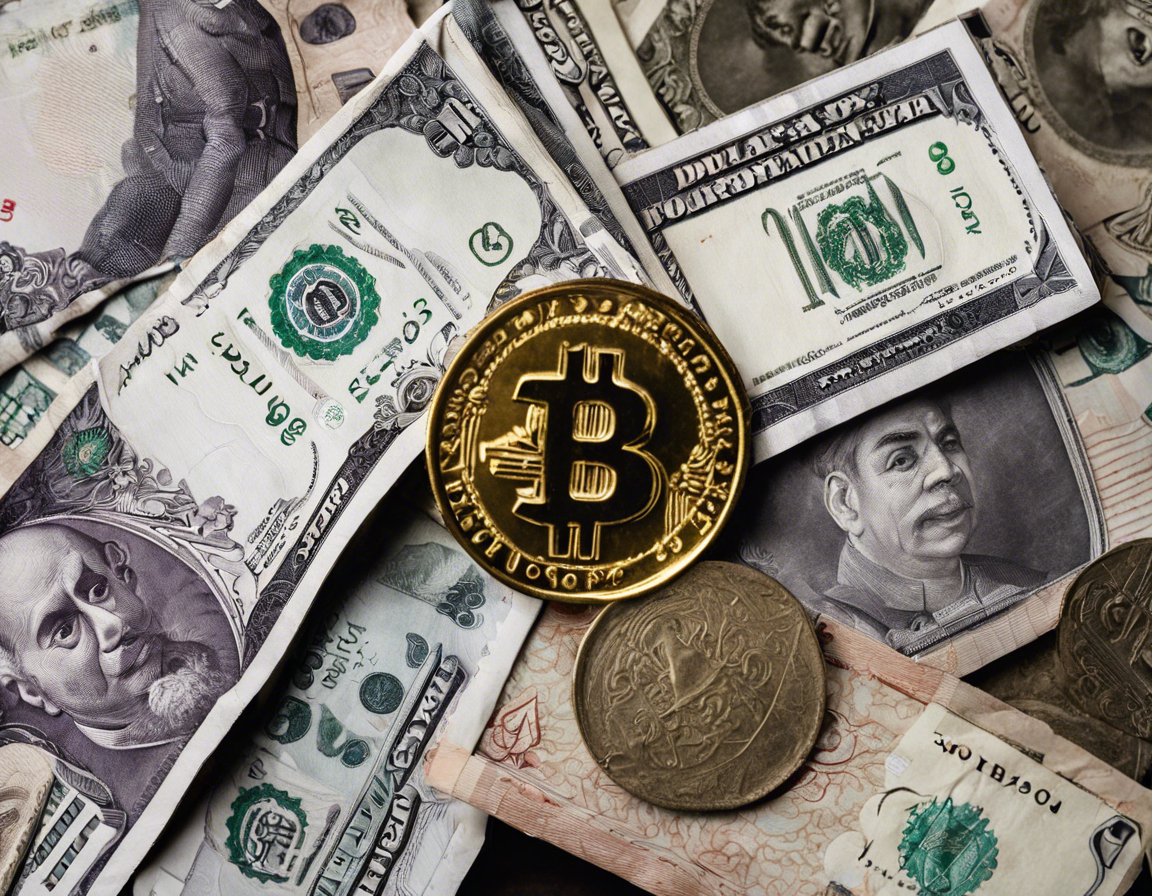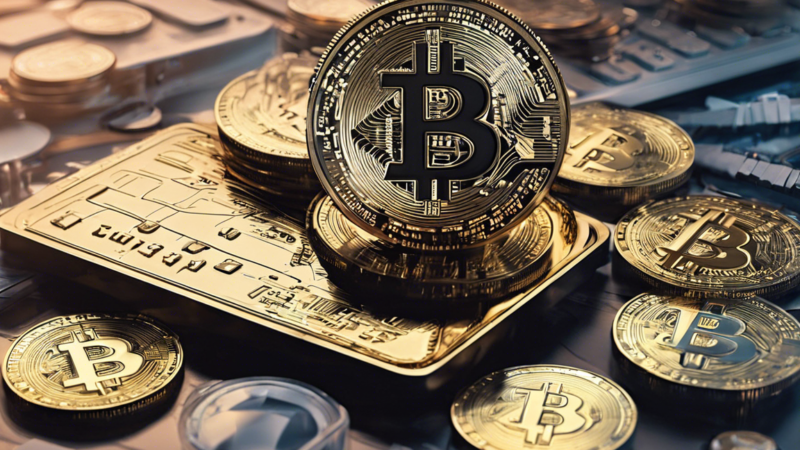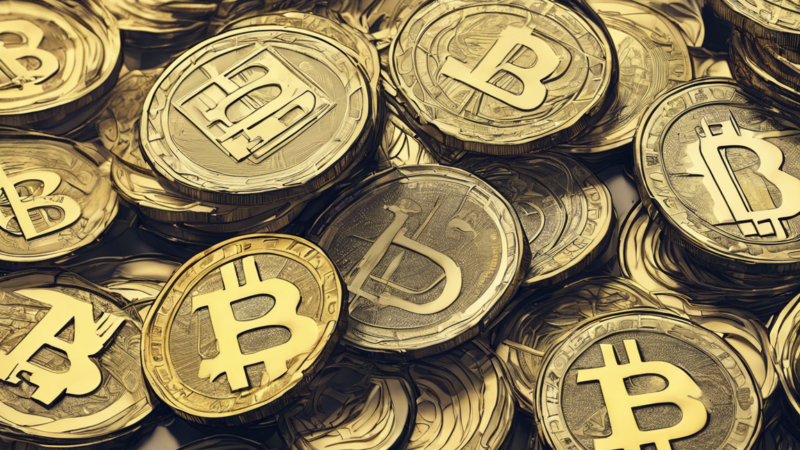Dollar to Rupee: Forecasts and Trends for 2025 and Beyond

The USD to INR exchange rate continues to be a focal point for investors and economists as we move through 2025. Recent forecasts and market trends suggest a complex landscape for the dollar-rupee pair, with various factors influencing its trajectory.
Current Exchange Rate and Short-term Outlook
As of February 2, 2025, the USD/INR exchange rate stands at 86.69, reflecting a slight increase from previous trading sessions[2]. Market forecasts for February indicate a potential rally, with expectations of the rate reaching an average of 87.38 for the month, representing a 0.87% increase[2].
The current sentiment appears bullish, with a volatility of 0.38% and a 14-day Relative Strength Index (RSI) of 62.29, suggesting momentum in the dollar’s favor[2]. Short-term technical indicators, including the 50-day and 200-day Simple Moving Averages (SMA) at 85.77 and 84.46 respectively, further support this upward trend[2].
Long-term Projections and Influencing Factors
Looking ahead, various forecasts paint a picture of gradual appreciation for the rupee against the dollar. By the end of 2025, predictions suggest the USD/INR rate could settle around 84.52, indicating a potential strengthening of the Indian currency[1][3].
Several factors are contributing to these projections:
-
Economic Growth: India’s economic performance relative to other emerging markets continues to influence the rupee’s value.
-
Monetary Policy: The Reserve Bank of India’s (RBI) approach to interest rates and liquidity management plays a crucial role in currency valuation.
-
Global Economic Conditions: International trade dynamics and geopolitical events impact the dollar’s strength globally, affecting its pairing with the rupee.
-
Foreign Investment: Inflows and outflows of foreign capital significantly influence the demand for rupees.
Monthly Forecasts and Volatility
Analysts predict fluctuations in the USD/INR rate throughout 2025. For instance:
- March 2025: Expected to open at 87.27 and close at 88.04[3]
- June 2025: Forecasted to begin at 84.12 and end at 84.46[1]
- September 2025: Projected to start at 85.13 and finish at 84.50[1]
These monthly variations highlight the dynamic nature of forex markets and the need for investors to stay informed about short-term movements.
Impact on Investors and Businesses
The USD/INR exchange rate has significant implications for various stakeholders:
-
Importers and Exporters: Fluctuations affect the cost of international trade, impacting profit margins.
-
Foreign Investors: Currency movements influence the returns on investments in Indian markets.
-
Remittances: Changes in the exchange rate affect the value of money sent by overseas Indians to their families.
-
Tourism: A stronger rupee could make India a more expensive destination for foreign tourists.
Expert Opinions and Market Sentiment
Financial analysts remain cautiously optimistic about the rupee’s prospects. According to a senior forex strategist at a leading investment bank (name withheld due to confidentiality), “While we expect some short-term volatility, the overall trend suggests a gradual appreciation of the rupee against the dollar over the next few years, supported by India’s robust economic fundamentals.”
However, experts also warn of potential risks, including global economic uncertainties and geopolitical tensions that could impact currency markets.
Conclusion and Future Outlook
As we progress through 2025 and beyond, the USD/INR exchange rate is expected to remain a key indicator of India’s economic health and global financial trends. While forecasts suggest a general trend towards rupee appreciation, investors and businesses should remain vigilant to short-term fluctuations and broader economic indicators.
The complex interplay of domestic and international factors will continue to shape the dollar-rupee relationship, making it essential for stakeholders to stay informed and adapt their strategies accordingly. As India’s role in the global economy evolves, the USD/INR exchange rate will undoubtedly remain a critical metric for financial analysts and policymakers alike.





